Email Marketing vs. Social Media: Which is Better for Your Business?
Marketing strategies include emails and social media, and both have their distinct strengths. We are now living in an era where we have so many different types of marketing, it can sometimes get tricky to use time, money, and effort effectively. But the best option for your business Twitter or emails will always remain a mystery. That is, until now.
What is Email Marketing?
Email marketing is when you create content that is usually promotional in nature and emails. It can be newsletters, e-cards, or even customized emails made especially for the clients. Marketing and products come with the challenge of capturing the client’s attention, maintaining engagement, and later nurturing loyalty, all of which are achieved through email marketing.
Engagement methods that solicit the recipient’s attention tend to be volatile and get ignored. Email marketing eliminates the risk and is one of its strongest features. Email marketing leads to higher engagement rates as recipients are more likely to pay attention to a brand they have opted to receive communication from.
What is Social Media Marketing?
Social media marketing uses Facebook, Instagram, Twitter, LinkedIn, and TikTok to market products or services. It also involves content development, advertising, and even marketing on social media and community management. Since people use social media frequently, businesses can interact with their customers and vice versa to strengthen the bonds easily.
Brands now have the opportunity to creatively express themselves and their offerings due to the visual and interactive features of social media platforms. This increases the chance of heightened brand recognition as well as the potential for the content to go viral, which tremendously increases reach.
Social Media vs Email Marketing Metrics
When evaluating the effectiveness of email marketing and social media marketing, several key metrics provide insight into performance:
Metric | Social Media | |
Open / View rate: | ||
Click-through rate: | ||
Conversion rate: | ||
ROI: | ||
Maximum reach: | Limited to the size of the list | Unlimited |
These metrics highlight email marketing’s strength in driving direct actions and conversions, while social media excels in reach and engagement.
Benefits of Using Email Marketing

Email marketing offers several distinct advantages:
Higher Conversion Rate
Marketing via email garners a whopping 8% conversion rate and can successfully turn leads into customers. With the ability to reach consumers directly through their inboxes, marketers are already winning half of their battles.
Greater Return on Investment
With email marketing, companies earn $36 for every dollar spent which is why the return on investment is 3600% percent. The increased engagement combined with low operating costs will continue improving the ROI.
More Consumer Confidence
Sending emails to a particular subscriber creates a feeling of trust towards the brand because they are more familiar with the content, making them prepared to engage with the brand more.
Reflects Users’ Preferences
Messages can be customized with the individual’s name and other variables greatly increasing their appeal and making email marketing more effective and relevant.
Benefits of Using Social Media Marketing
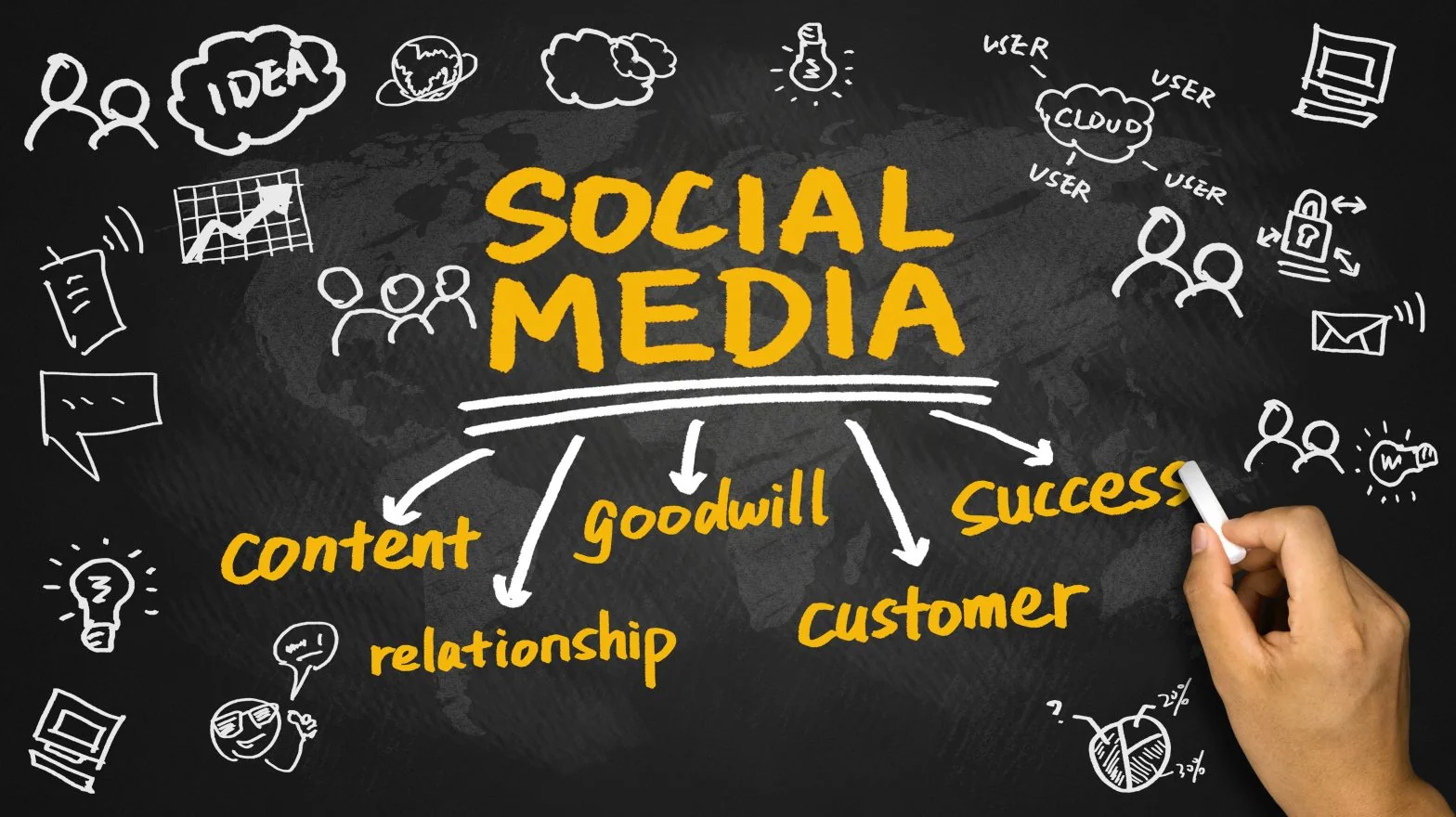 Social media marketing presents its own set of advantages:
Social media marketing presents its own set of advantages:
Opportunity for Conversation
Social media makes it easy for consumers and brands to interact with each other. This reduces the gap between the consumers and the brands enabling them to build a community around them, getting feedback instantly.
Better Brand Awareness
Social media has helped in increasing the visibility and brand awareness of a lot of brands. It allows engaging and informative content to go viral, hence pushing the brand even further.
Customer Service Functions
Most users are now actively turning to social media for customer service. Brands are now able to answer questions, and concerns along with feedback in a faster manner improving customer satisfaction.
Unique Data
Audience profiles, interests, and other social behaviors available on social media are amazing data sources for marketers. These can help craft better content for marketing campaigns.
Email Marketing vs Social Media: The Statistics
Examining recent statistics provides a clearer picture of each channel’s impact:
User Base
As of 2024, there are over 4.48 billion email users globally, with projections of an additional half-billion users by 2027.
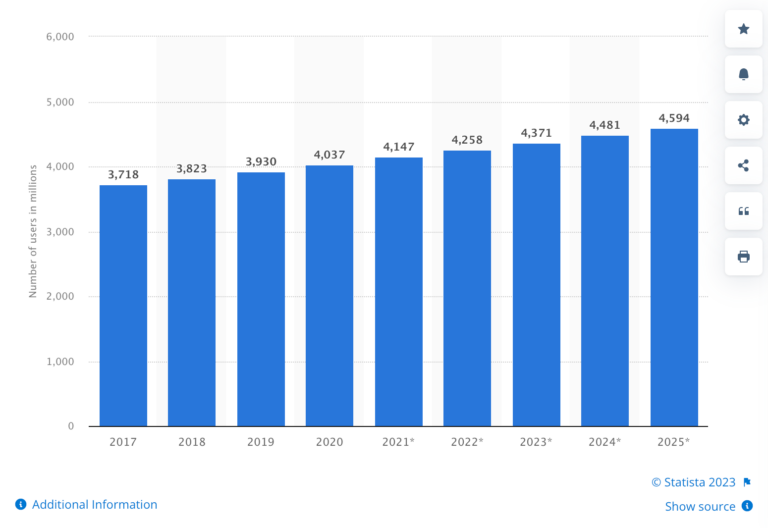
Social Media Reach
Social media platforms collectively boast billions of active users, offering unparalleled reach. For instance, Facebook alone had roughly 3.6 billion monthly active users at the end of 2023.
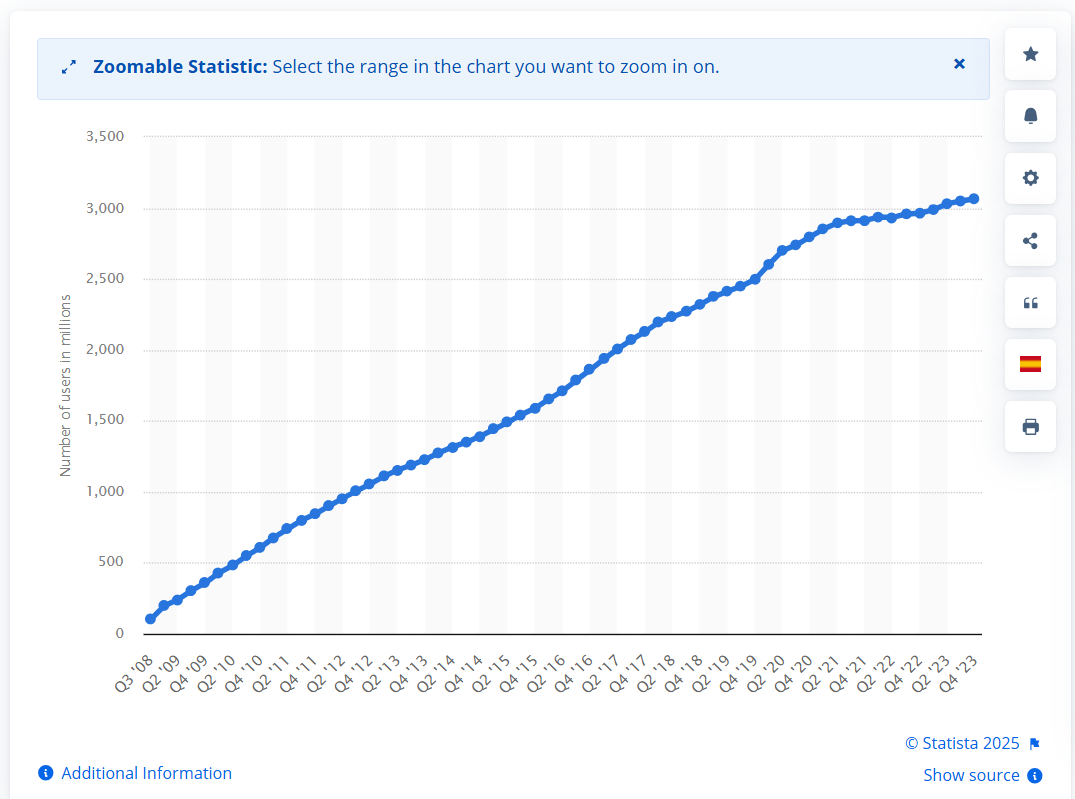
Engagement
While email open rates range from 15-25%, social media engagement rates can vary widely depending on the platform and content. However, email often sees higher click-through rates compared to social media posts.
These statistics underscore the importance of leveraging both channels to maximize reach and engagement.
Tips for Choosing Your Marketing Strategy
Selecting the right marketing strategy depends on various factors, and leveraging Market Intelligence can provide valuable insights into audience behavior, helping businesses refine their approach:
- Understand Your Audience: Analyze where your target audience spends their time. Younger demographics may favor social media, while older audiences might prefer email communications.
- Consider Your Goals: If lead nurturing and conversion are priorities, email marketing may be more effective. If brand awareness and engagement are key, social media might be the better choice.
- Budget and Resources: Email marketing often requires less financial investment compared to paid social media advertising, making it a cost-effective option for small businesses.
- Integration: Combining both strategies can maximize impact. Use social media to attract and engage, then funnel interested users into an email list for deeper relationship-building.
- Testing and Optimization: Continuously analyze performance metrics to refine your approach. A/B testing can help determine what works best for your audience.
Top 5 Email Marketing Tools for Business
1. Mailchimp – Best for small to medium-sized businesses
 For beginners and growing businesses, this email marketing software stands out because of its pre-built templates, automation options, and analytics features.
For beginners and growing businesses, this email marketing software stands out because of its pre-built templates, automation options, and analytics features.
- Features: Drag-and-drop email builder, audience segmentation, A/B testing, automation workflows, analytics.
- Pricing: Free plan available; paid plans start at $13/month.
2. HubSpot Email Marketing – Best for CRM integration
Permits sophisticated segmentation and tracking of engagement with active contacts through automation emails and powerful personalization features.
- Features: CRM integration, AI-powered email personalization, automation, analytics, and A/B testing.
- Pricing: Free plan for basic emails; paid plans start at $20/month.
3. Brevo (formerly Sendinblue) – Best for budget-conscious businesses
 An email marketing tool that also has automation features, transactional SMS marketing emails, and advanced analytics all in one affordable package.
An email marketing tool that also has automation features, transactional SMS marketing emails, and advanced analytics all in one affordable package.
- Features: Email and SMS marketing, automation, A/B testing, personalization, and transactional emails.
- Pricing: Free plan available (300 emails/day); paid plans start at $25/month.
4. ConvertKit – Best for creators and bloggers
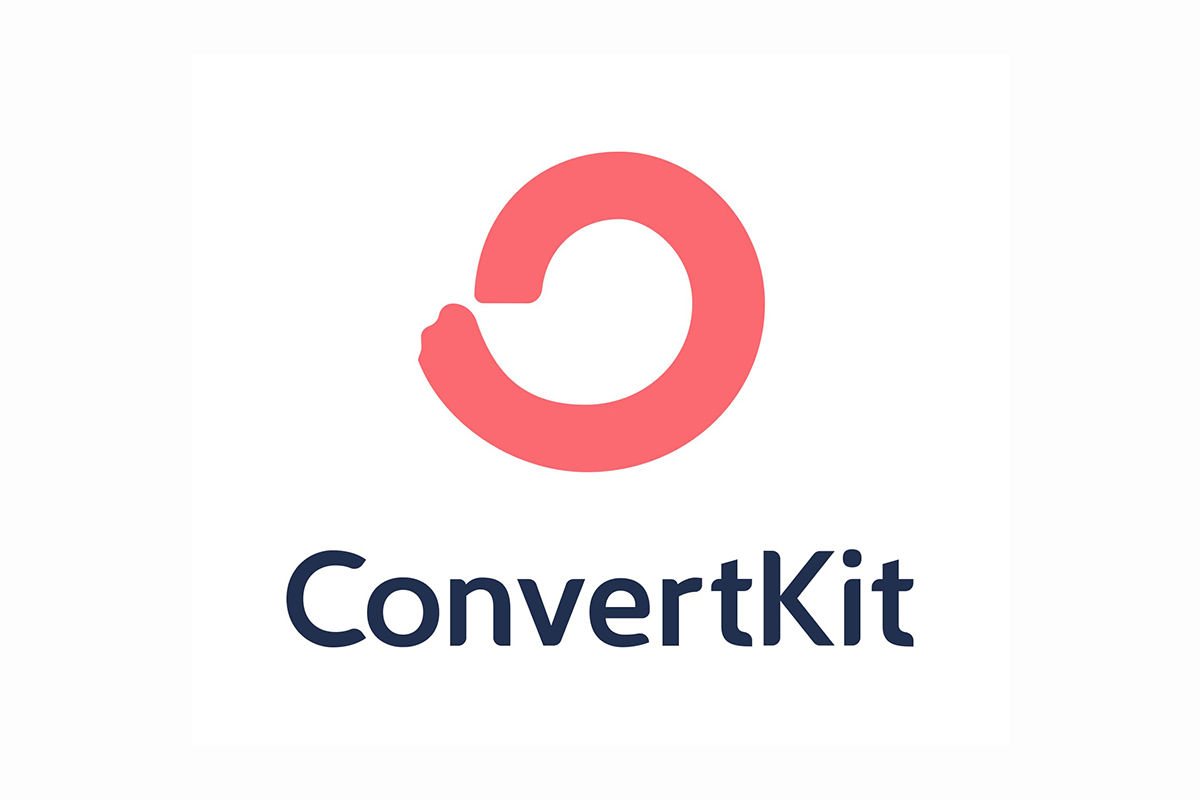 Focuses on content creators and their needs with dedicated landing pages, emails, automation sequences, and e-commerce integrations.
Focuses on content creators and their needs with dedicated landing pages, emails, automation sequences, and e-commerce integrations.
- Features: Landing pages, email sequences, automation, and integrations with e-commerce platforms.
- Pricing: Free plan available (up to 1,000 subscribers); paid plans start at $15/month.
5. ActiveCampaign – Best for advanced automation
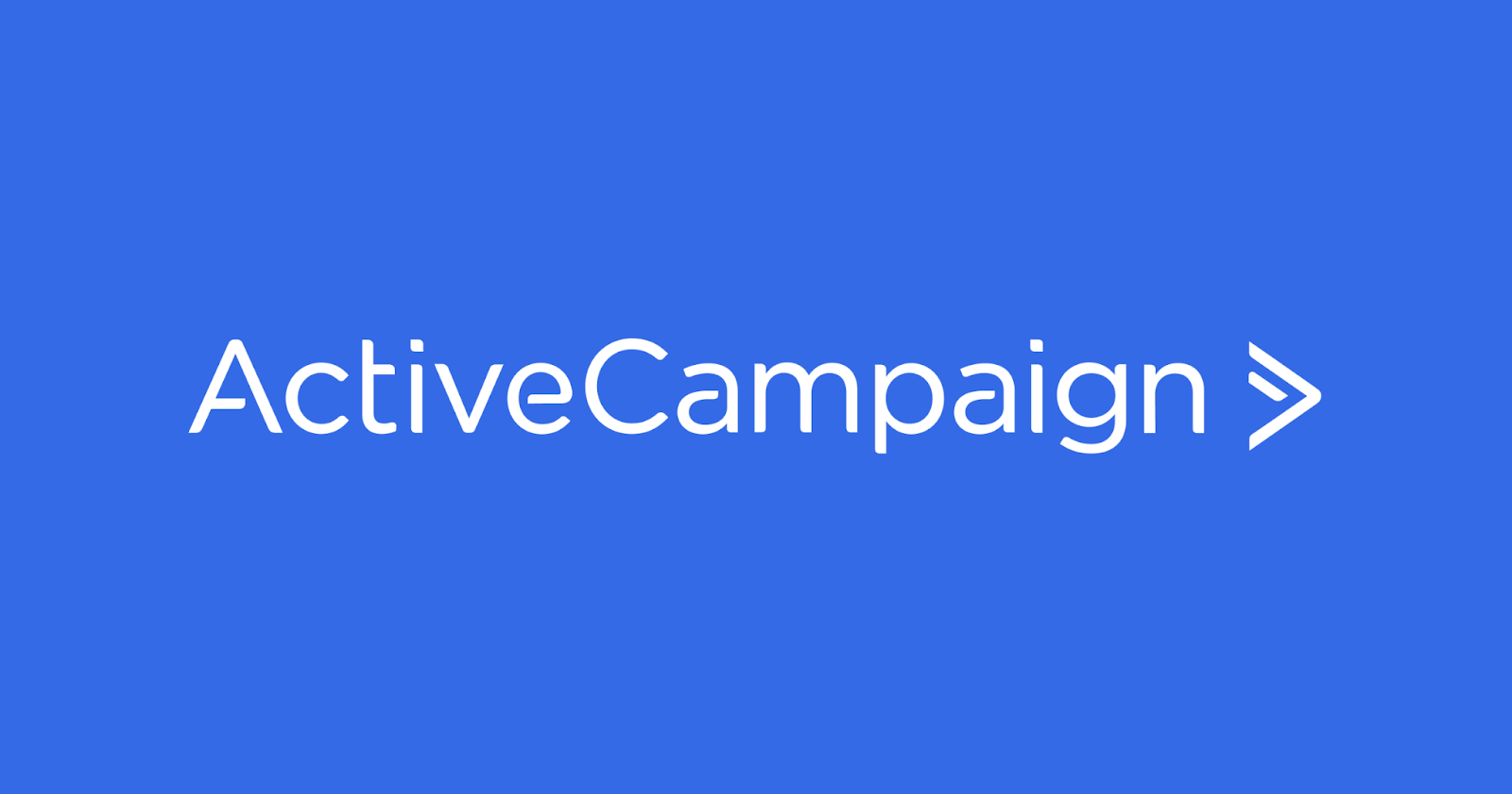 This is a complex platform with advanced automation CRM, and AI features to create and engage customers with email marketing campaigns.
This is a complex platform with advanced automation CRM, and AI features to create and engage customers with email marketing campaigns.
- Features: Advanced automation, CRM integration, AI-powered recommendations, and detailed analytics.
- Pricing: No free plan; paid plans start at $29/month.
Conclusion
While both email marketing and social media marketing are distinct from each other, they are also interrelated and core parts of digital marketing. Social media marketing excels at reach and engagement while email marketing outdoes the competition in conversions and ROI. It is possible for businesses to use both strategies as a holistic approach to marketing a business for a more beneficial outcome.









